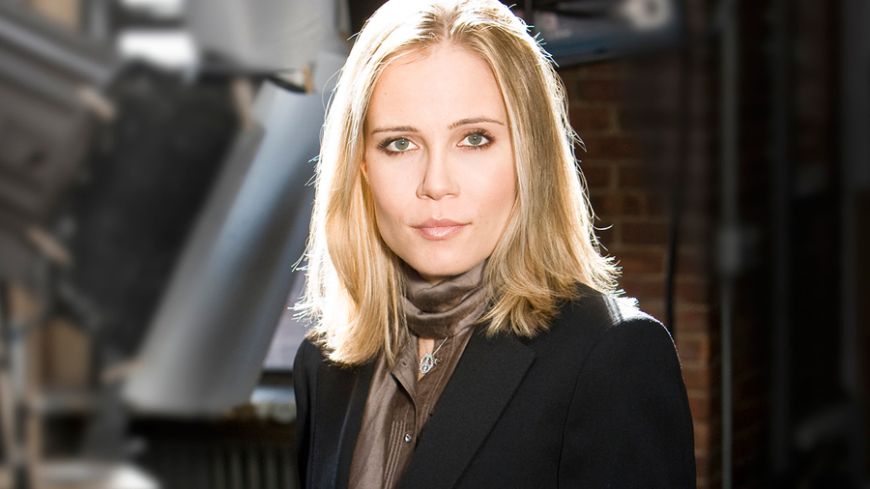
Paul Dukas composed the nine minute piece The Sorcerer’s Apprentice in 1897 based upon Goethe’s ballad Der Zauberlehrling. But it was Walt Disney who made the tune so familiar to us today when he used it in 1940 for the animated Mickey Mouse film Fantasia.
Behind his master’s back, the apprentice brings to life an old broom, making it carry water from the pump to a tub - but cannot stop it, only to be saved by the return of his master. Three bassoons depict the broom and when it is broken in two in the hope of stopping the flow of water Dukas produces the memorable fugue between the bassoons and bass clarinet.
Back in Scotland, after the New Year, Stéphane Denève gave us his elegant introduction to the concert and in it some background to the composer of the evening’s second work. This was the sixth of Denève’s choice of ten compositions from the first decade of this new century, Oliver Knussen’s Violin Concerto. Many years ago Knussen’s father had played the double bass in the Orchestra whilst his uncle had at one time been the Orchestra’s manager.
Leila Josefowicz was the soloist in the very daring violin part played with virtually no break which she describes ‘like an acrobat walking very high up on a tightrope, and at times sounds like a narration, like speech’. By their applause the audience knew they had heard a masterful performance by an expert in modern violin music.
The almost full house had come, I suspect, in large to hear Rachmaninov’s Second Symphony. The premiere of his first, ten years earlier, had been a disaster - the conductor was tipsy. But in Dresden in 1907 he wrote his second and it was first performed in St Petersburg early in 1908 and has become one of the composer’s most popular works. Two busy movements lead to the Adagio with a cantilena for clarinet; oboe and cor anglais come on and the strings take over. The final Allegro vivace is as good a final movement of any romantic symphony.
The concert had started with Stéphane Denève telling us that had the players been remunerated by the number of notes they played, the concert would have made them all millionaires. The intensity was indeed the night’s enjoyment.
Event: Friday 28 January 2011 7.30 pm.

